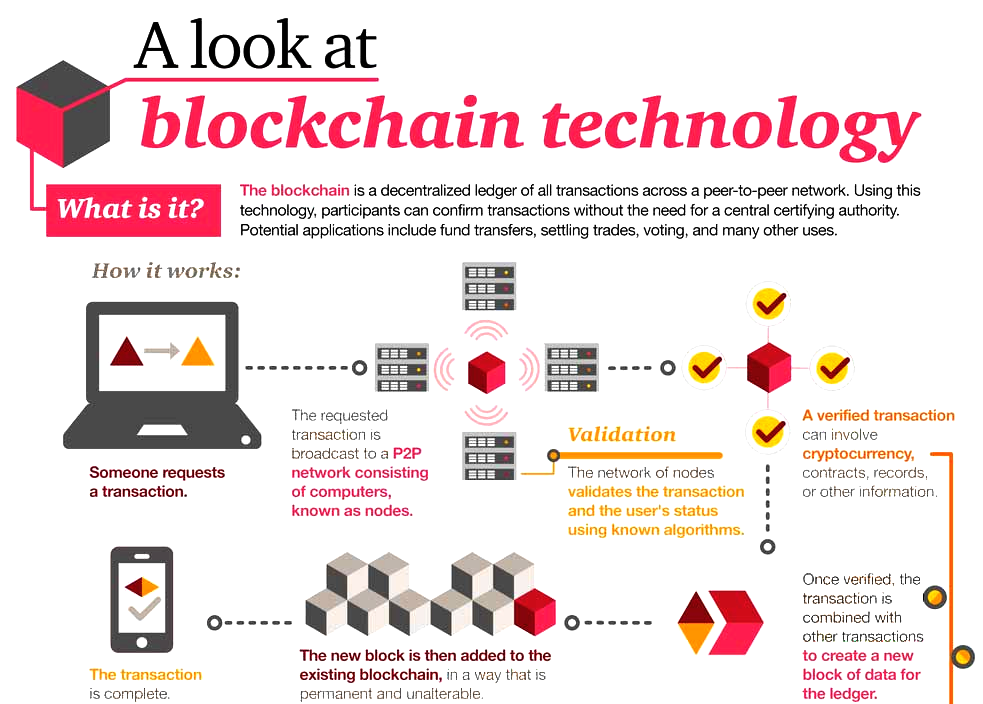Indian Economy
Non Fungible Tokens
- 22 Feb 2022
- 5 min read
For Prelims: Non-Fungible Tokens (NFTs), Cryptocurrency, Blockchain Technology.
For Mains: Non Fungible Tokens working and associated risks, Blockchain technology (Advantages and Challenges).
Why in News?
According to a report, the sales of Non-Fungible Tokens (NFTs) surged USD 25 billion in 2021 as the crypto asset exploded in popularity. However, some experts believe NFTs are a bubble that might pop.
What are NFTs?
- About: Anything that can be converted into a digital form can be an NFT.
- Everything from drawings, photos, videos, GIFs, music, in-game items, selfies, and even a tweet can be turned into an NFT, which can then be traded online using cryptocurrency.
- Working of NFT: If anyone converts its digital asset to an NFT, he/she will get proof of ownership, powered by Blockchain.
- There is a need for a cryptocurrency wallet and an NFT marketplace where one can buy and sell NFTs.
- Some of the NFT marketplaces are OpenSea.io, Rarible, Foundation.
- NFTs are different from other digital forms in that they are backed by Blockchain technology.
- NFTs can have only one owner at a time.
- Apart from exclusive ownership, NFT owners can also digitally sign their artwork and store specific information in their NFTs metadata.
- This will be only viewable to the individual who bought the NFT.
- There is a need for a cryptocurrency wallet and an NFT marketplace where one can buy and sell NFTs.
- History of NFT: Terra Nulius was the first NFT(started in 2015) on Ethereum Blockchain, although this project was merely an idea that only allowed to customise a short message which was then recorded on the blockchain.
- Then came Curio Cards, CryptoPunks and CryptoCats in 2017, before NFTS slowly moved into public awareness, then expanding into mainstream adoption in early 2021.
How is an NFT different from a cryptocurrency?
- Apart from NFTs and cryptocurrencies being built on Blockchain, both are different from each other.
- Cryptocurrency is a currency and is fungible, meaning that it is interchangeable.
- For instance, if one holds one crypto-token, say one Ethereum, the next Ethereum that the one holds will also be of the same value.
- However, NFTs are non-fungible, which means the value of one NFT is not equal to another.
- Nonfungible means NFTs aren't mutually interchangeable.
- Every art is different from others, making it non-fungible, and unique.
What are the risks associated with buying NFTs?
- Fraud Risks: In the recent past, several incidents of NFT scams have been reported including the emergence of fake marketplaces, unverified sellers often impersonating real artists and selling copies of their artworks for half price.
- Environmental Risks: In order to validate transactions, crypto mining is done, which requires high powered computers that run at a very high capacity, affecting the environment ultimately.
What is Blockchain Technology?
- Blockchain is a type of shared database that differs from a typical database in the way that it stores information, blockchains store data in blocks that are then linked together via cryptography.
- As new data comes in, it is entered into a fresh block. Once the block is filled with data, it is chained onto the previous block, which makes the data chained together in chronological order.
- Different types of information can be stored on a blockchain, but the most common use so far has been as a ledger for transactions.
- In Bitcoin’s case, blockchain is used in a decentralized way so that no single person or group has control—rather, all users collectively retain control.
- Decentralized blockchains are immutable, which means that the data entered is irreversible. For Bitcoin, this means that transactions are permanently recorded and viewable to anyone.







